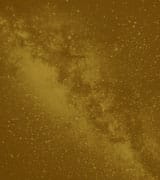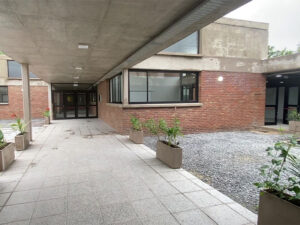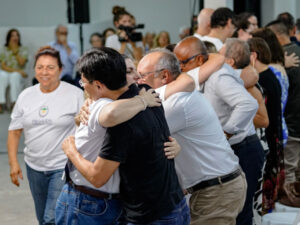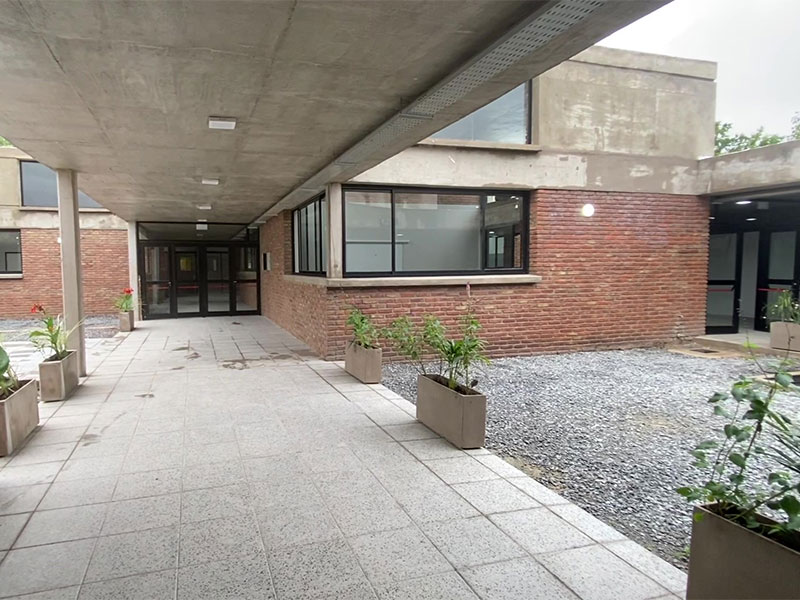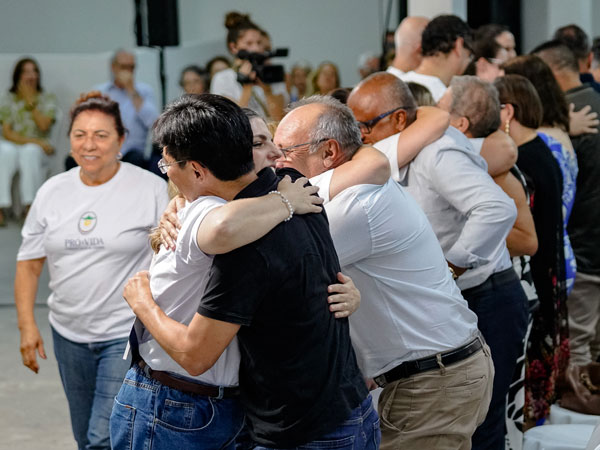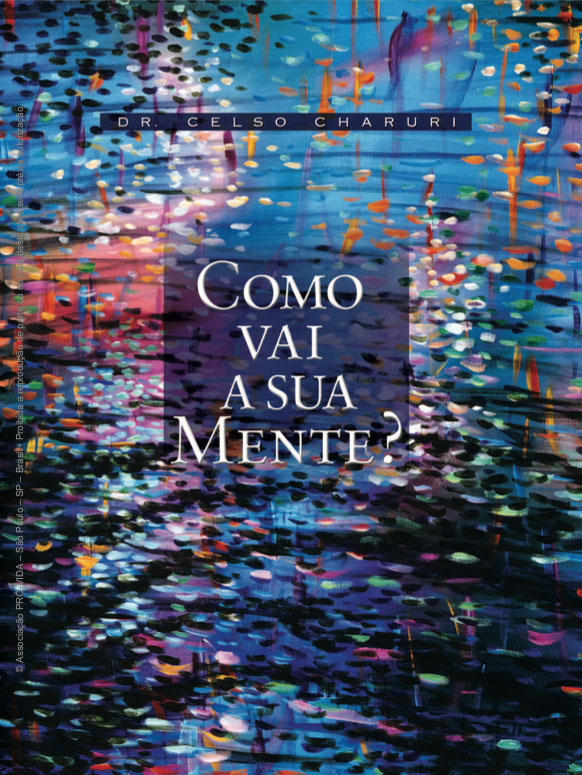Drawings
Drawings
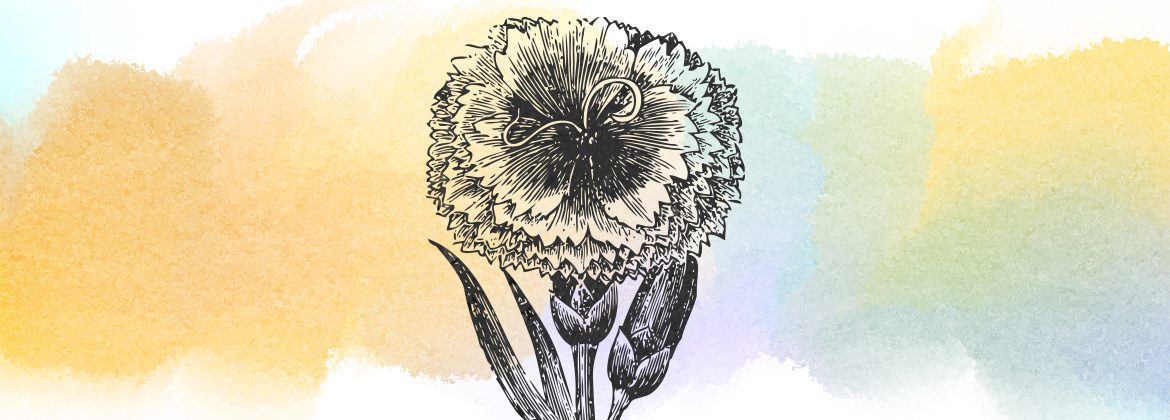
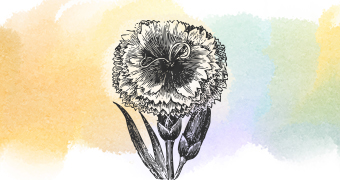
Drawings, as amazing as it sounds, didn’t exist before the Renaissance. It’s not that artists didn’t draw. Of course, they did. But drawing didn’t exist as an autonomous work, as something independent from painting. Drawings were then just one more step in the execution of a painting, like the preparation of a wood panel to paint on, grinding of the inks or making of your own brushes.
It was a “model”, a “stencil” of the work in paint that was going to be executed afterwards. Drawing, before the Renaissance, was an outline drawing, simple figures to be filled in with color. During the High Renaissance, and mainly after Leonardo da Vinci (as he played a fundamental part in this), drawing became something very different.
Why does a drawn line give us such a strong feeling of movement? It’s curious, because in reality, nothing is moving in the drawing. Every line, all the charcoal or ink marks are still there, sitting quietly on the sheet.
Something similar happens with music. What one hears is a note, and then another. At no time do you hear the whole melody. The melody exists in the memory of the listener. And this melody is much more than a simple sum of notes, since the same notes, with different durations and in a different order, build a different melody, resulting in a completely different feeling from the initial melody. Music takes shape within the listener.
Something similar happens with a drawing. Or better, exactly the opposite, as an image in a mirror. Music, which develops in time, traces a design (the melody) within the listener. The drawing, which is static, unfolds in rhythms and movements within the observer.
What are these movements?

In the case of a drawing, especially in sketches like Leonardo Da Vinci’s, the movement is that of its own creation. The drawing registers the gesture; when looking at the drawing we recreate the gestures that created it and, to do this, all you have to do is look.
But, not only the gestures are recorded in the sketch. In it, hand and thought move together. In the drawing, we see a tangle of arms and heads in different positions. It’s as if we were looking over Leonardo’s shoulder while he draws. Leonardo draws and experiments, changes the gestures and the inclination of the head, thinks of alternatives, discards some and reinforces others, at a great speed; a genuine outpouring of creativity.
Let’s go back to the question. What movements, what rhythms are these that our gaze recreates? It is thought in movement, in process, in this fabulous concordance between intention and gesture, materialized on the paper.
Collaboration: Mauricio de Toledo Piza Lopes

